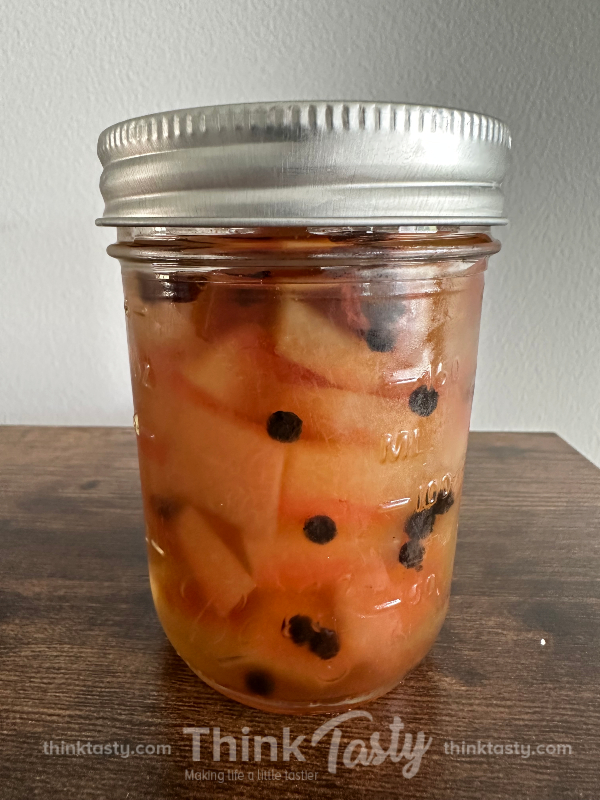ref=”https://thinktasty1.wpengine.com/wp-content/uploads/2012/06/rsz_knife.jpg”> There is one question invariably asked in a cooking class. “What are the best knives?” or “Which knives do you recommend?” is guaranteed to come up.
There is one question invariably asked in a cooking class. “What are the best knives?” or “Which knives do you recommend?” is guaranteed to come up.
I once heard a Japanese instructor give the very Zen response, “The best knife is the one you have.” In a sense, he was right. If you concentrate on making the most of what you have, keeping that knife clean, undamaged, and sharp, it will work for you. There are knives, and there are knives, however; and good tools are better than poor ones.
It’s easy to be intimidated by the variety of knives in a professional’s kitchen. When I was first acquiring kitchen tools, I bought an inexpensive set of four stainless steel Japanese knives, which seemed to work just fine. Upon entering cooking school, though, I had to purchase what my very French instructor deemed suitable, carbon steel Sabatier. A chef knife, an all-purpose slicer, and a parer became part of my “kit.” I sold the Japanese set.
The carbon steel Sabatiers were easy to keep sharp – a real plus – but they required special care. There was no leaving them wet, or chopping an onion and setting the knife aside while I did something else. I learned to wash and dry them immediately after each use, and to remove rust with a powdered cleanser and a cork when I forgot. The quest for perfect knives was on.
Over time I bought different styles from different manufacturers: Chicago Cutlery, Mundial, Henckel, Victorinox, Wusthof, Cutco, F. Dick… even Kyocera ceramic knives. Twenty or so years down the road I came across an ad in a cooking magazine for MAC knives and called the rep. This was the brand I had first bought and then sold, something I’d come to regret. He and I had a great chat; I ordered a chef’s knife and a 3.5″ parer from him, and eagerly awaited their arrival.
Bottom line, all these knives are still with me. They all work well enough, although I prefer the MACs. They’re high quality, stainless for effortless care, arrive sharp, and most important, are easy to keep sharp. Because really, that’s what it’s all about. A knife must be sharp to work well and be safe. Dull knives are dangerous. When you have to force your knife to work, it will tire you; and sooner or later, in an effort to make it work, you will slip. A dull knife with some force behind it is still sharp enough to do some serious damage. So keep your knives sharp. Wash them by hand, store them properly (in a wooden block or on a magnetic strip, not jumbled together in a drawer), don’t use them to pry or gouge or open packages, and learn to use a sharpener and a steel.
As for which knives you need, a basic set is fewer than you may think. A chef’s knife with an 6″ to 9″ blade, depending on your size (smaller knives for smaller chefs and smaller hands); a 3″ to 5″ parer (my preference is the shorter blade); and a serrated one sturdy enough and long enough to slice bread which will also make quick work of delicate items like tomatoes are enough to get you started. The next addition would be either a boning or filleting knife or an all-purpose 5″ to 6″ slicer. After that, choose based on the kind of cooking you do and what you feel is missing. But with these basic three or four, you can perform virtually any kitchen task requiring a blade.




